Visiting Seoul, Korea
Written by Tyler Scott
This fall, I joined seven University of Central Florida graduate students and groups from Cornell, Portland State University, and Delaware State University on a trip to Seoul, South Korea.
The 30th Seoul Case Study program was hosted by the Seoul Metropolitan Government and the University of Seoul. The program was broken up into four distinct parts, a series of lectures, group trips to topic-relevant landmarks, way too much free food, and free time to explore the city at night.
There were nine lectures with topics like, “The future of Smart Cities,” “Housing Policy,” and “Urban Planning.” They were centered around how a mega-city like Seoul operates and were given by leading scholars or current agency heads within the Seoul Metropolitan Government. Trips after the lectures had the same theme. We visited places like Lotte tower, the sixth tallest in the world, and the Cheong Gye Chun Museum. The museum is located on the site of an urban regeneration project where a stretch of multilevel highway was torn down, and an ancient river was reestablished as a massive urban trail.
They kept our group happy the whole trip with more types of exciting cuisine than I can recount here, and some of the restaurants had us sitting cross-legged on the floor, cooking our food in boiling hot-pots or in-set tabletop grills. At night we roamed the city through warren-like alleyways, multistory open-air malls, and in the super-efficient subway system which sometimes housed malls of its own. Usually, the case study group, and (I’m estimating here) about half the city ended up at places simply labeled “chi-maek” or “Chicken & Beer.” They’re called that because that’s basically all they serve except Soju, and honestly, they do fried chicken better than we do in the south.
To wrap this up and just for scale, Seoul is roughly 75 square miles smaller than and has about two million more people than New York. Its population density is around 42,000 people per square mile, almost double that of New York. It’s no wonder Seoul is a case study for affordable housing and multi-family development. Reading about how other cities have dealt with their housing crisis is useful, but there’s nothing like seeing the results in person.


